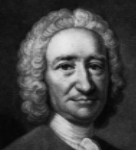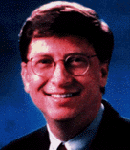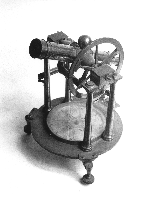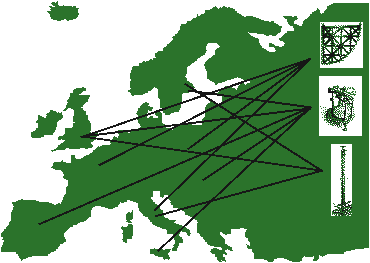 |
A Study in Architectural Dominance |
 |
|
|
|
During the eighteenth century, new official
observatories began popping up all over Europe. In the
past, observatories were dependent on the vision and energy of
ambitious astronomers like
Tycho Brahe for their establishment.
The new "official" observatories, sponsored by states,
universities, or scientific societies, were run as organizations.
The professionals working in these European observatories
spoke different languages, pursued different objectives,
and had different political leanings. Yet during the eighteenth
century they shared unprecedented agreement on the proper way
to practice astronomy.
Why was this consensus achieved?
Despite their diverse backgrounds and goals,
they all used the same tools.
And the design of these instruments primarily
emerged from the vision of one man:
To run an observatory in the eighteenth century you needed at least two basic instruments: |
|
The mural quadrant was a quarter circle fixed to a sturdy wall.
This circle was divided into
increments and allowed an astronomer to measure
the altitude of stars or other celestial bodies.
This one hangs over the staircase on our museum's first
floor.
|
 |
|
A transit instrument was the term used to describe any tool that allowed astronomers to time the passage of a celestial body over the meridian of a place or through the field of a telescope. (the meridian is a line through the north and south poles)
This one from our collection
was made in the late eighteenth century.
|
 |
|
George Graham, an English mechanic, was the first instrument maker to specialize in these large measuring instruments which observatories needed. His devices were celebrated for their accuracy and workmanship, particularly after Royal Astronomers Edmond Halley (of Halley's Comet fame) and James Bradley used them to make significant discoveries. Their glowing endorsements for Graham piqued the interest of other astronomers, who in turn championed the English technology in other countries. |
| A French Fellow of the Royal Society of London
brought a Graham mural quadrant to France,
and then lent it to the Berlin Academy
for a collaborative project.
Their published papers cited the "superior" English technology and in turn influenced the purchase decisions of Italian, Russian, and Hungarian astronomers.
|
 |
|
Pretty soon, all of Europe was using tools based on Graham's model, constructed by Graham or other English instrument makers under his tutelage (like John Bird, who constructed the mural quadrant above). Graham had developed a lucrative export trade. Riding this success, Graham offered a grab bag of other tools to boost astronomers' productivity, some of which were more successful than others:
|
 |
This one from our collection was made by John Bird, one of Graham's proteges mentioned earlier.
John Shelton's regulator (pictured right) is one of two in the museum's collection. |
 |
|
Finally, the equatorial sector was a flashy and expensive instrument for taking measurements based directly on the equator rather than the poles. This instrument was so large we only have a piece of it on display.
Not everybody used Graham's instruments. Local suppliers and resident instrument makers still provided competition, and people could certainly use other clocks besides "astronomical regulators" to time transits. But even these instruments had to operate within the structure of Graham's system, simply because it was so prevalent in official observatories. Other successful English contemporaries naturally took their leads from his designs. Graham's instruments did more than just enforce technical standards. They helped create a working community and fostered communication between observatories by virtue of a common platform.
Does this historical account ring a modern bell?
|